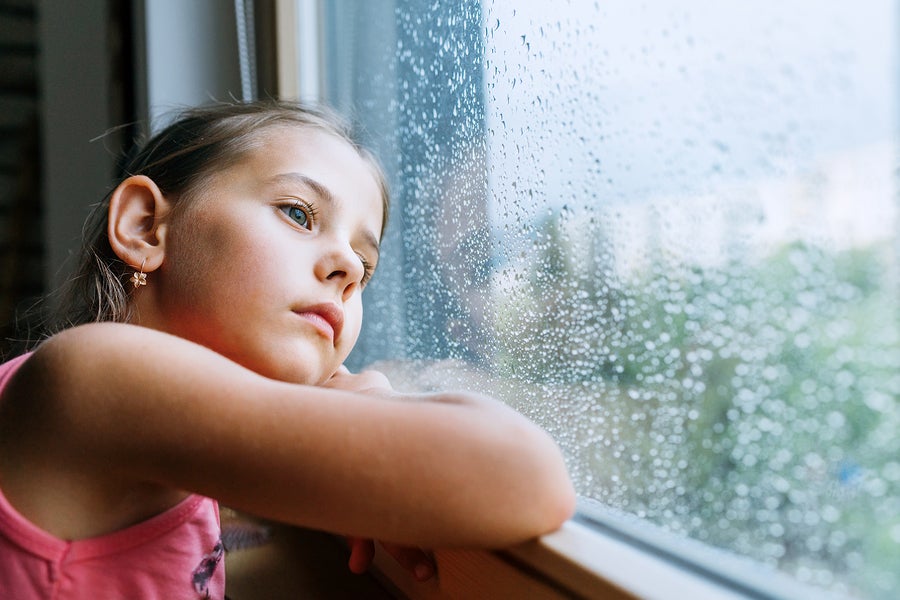Researchers at the Virginia Commonwealth University School of Medicine and the University of Washington analyzed new data from the Centers for Disease Control and Prevention (CDC) in a recent JAMA article and they paint a bleak picture. Mortality rates for children ages 1 to 19 increased by 11% in 2020, and then by another 8% in 2021. After decades of improvement, this nearly 20 percentage point rise over two years is the sharpest increase in child mortality in over 50 years. What’s behind it?
- Guns. As has been widely reported, firearms have been the leading cause of death among children since 2020, and gun deaths among children increased by 50% between 2019 and 2021. This study finds that firearms accounted for nearly half (48%) of the total increase in child mortality in 2020, naming access to firearms as a likely driver of increases in both suicides and homicides (the authors note that a “large proportion of suicides and homicides are classified as firearm-related deaths”). Even before the most recent mortality increases, this study finds that suicide deaths among adolescents ages 10-19 increased by 70% between 2007 and 2019. Homicides increased by 40 percent in 2020 for this age group. To make matters worse, there are stark racial and ethnic disparities in which children are at risk. Suicides were more than twice as likely among non-Hispanic American Indian and Alaska Native and non-Hispanic Black adolescents compared to non-Hispanic White adolescents. Non-Hispanic Black adolescents represented nearly 2 in 3 homicide victims (63%) and the homicide rate for Black males in this age group was 61 times the rate for non-Hispanic White females.
- Drug overdoses. Previous research shows that pediatric deaths due to drug overdoses have been increasing. This study finds that unintentional drug overdoses have accounted for more than 9 in 10 poisoning deaths among adolescents ages 10-19 since 2016, and that overdose deaths increased by 114% in 2020. Additional CDC data provide more detail, showing that the median number of adolescents dying of a drug overdose each month rose by 109% from July-December 2019 to the same time period in 2021, and that deaths involving illicitly manufactured fentanyl increased by 182%. Only 1 in 3 (35%) of these adolescents had a documented history of opioid use, while about 41% had a documented mental health history, including 25% who were receiving mental health treatment, 19% who had been diagnosed with depression, and 15% with suicidal or self-harm behaviors. And although White adolescents have historically died of drug overdoses at higher rates, the JAMA article finds that the increase in overdose deaths among Black and Hispanic adolescents has closed the gap in 2020.
- Other injuries. Transportation-related deaths, which had been steadily declining for decades thanks to better vehicle safety laws, increased by 16% for adolescents ages 10 to 19. And, although much of the overall mortality increases were driven by more deaths among adolescents, injuries overall also accounted for about two-thirds (64%) of deaths among younger children ages 1 to 9. Specifically, injuries related to fires or burns increased by 46% for younger children.
The COVID-19 pandemic also contributed to the rise is pediatric mortality but to a much more limited extent. The mortality rate attributable directly to COVID was about 0.24 deaths per 100,000 children ages 1 to 19 in 2020, about one-twelfth of the injury mortality rate (2.80 deaths per 100,000 children; injuries include the firearm deaths, suicides, homicides, poisonings, and transport deaths discussed above). The COVID mortality rate then nearly doubled in 2021 but still only accounted for about 20% of the growth in the overall pediatric mortality rate. However, we do know that the number of children and adolescents with mental health concerns like anxiety and depression have been on the rise during the course of the pandemic and is especially high among female and LGBTQ+ high school students. It is clear that an ongoing behavioral health national emergency for children was seriously exacerbated by the pandemic and the disruptions it brought to schools and mental health care services.
But despite the frankly devastating increases in childhood deaths documented in the JAMA study, there are some silver linings: 1) infant mortality for children under 1 year of age did not increase; 2) The EPSDT benefit in Medicaid, which covers more than half of all children, ensures coverage of pediatric behavioral health services; and 3) schools are working hard to leverage new Medicaid funding, including under the so-called “free care rule,” to deliver care to eligible students where they are (see if your state has adopted the free care rule here, or see how many children are covered by Medicaid in your school district here). After all, as the JAMA study authors note: “A nation that begins losing its most cherished population—its children— faces a crisis like no other.”


